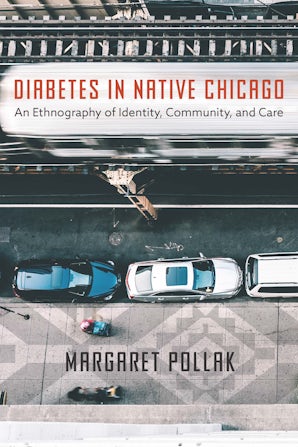"Pollak's book is an important and valuable addition to medical historiography. It will be beneficial to a wide audience in the field of history as well as for medical professionals and clinicians. The use of oral history is important in a study like this to give voice to those who have been previously hidden from history. The book is extremely well written and has an excellent flow. It was an enjoyable read and covers a fascinating scope."—Lauren Young, H-Sci-Med-Tech
"Drawing on extensive ethnographic interviews, observations, informal conversations, surveys, and field literature, Pollak offers a rich exploration of indigenous Chicagoans' experiences, care, and cultural understandings, noting how diabetes shapes beliefs and practices among those living with the disease and care providers. The study concludes by broadly examining historical and contemporary factors that led to the ongoing epidemic, and subsequently formulated indigenous lay perceptions of illness and health, and how that knowledge may be incorporated into the health-care system to strengthen outcomes, making this book an important contribution."—G. R. Campbell, Choice
“The interdisciplinary approach to this subject makes an important contribution not only to medical anthropology and Native American studies but also to public health, medical humanities, American studies, and cultural studies. Pollak deftly and simply lays out the discursive turns of biomedical explanations about diabetes within historical context and also demonstrates the structural injustices that complicate biomedical interventions.”—Sandra L. Garner, author of To Come to a Better Understanding: Medicine Men and Clergy Meetings on the Rosebud Reservation, 1973–1978
